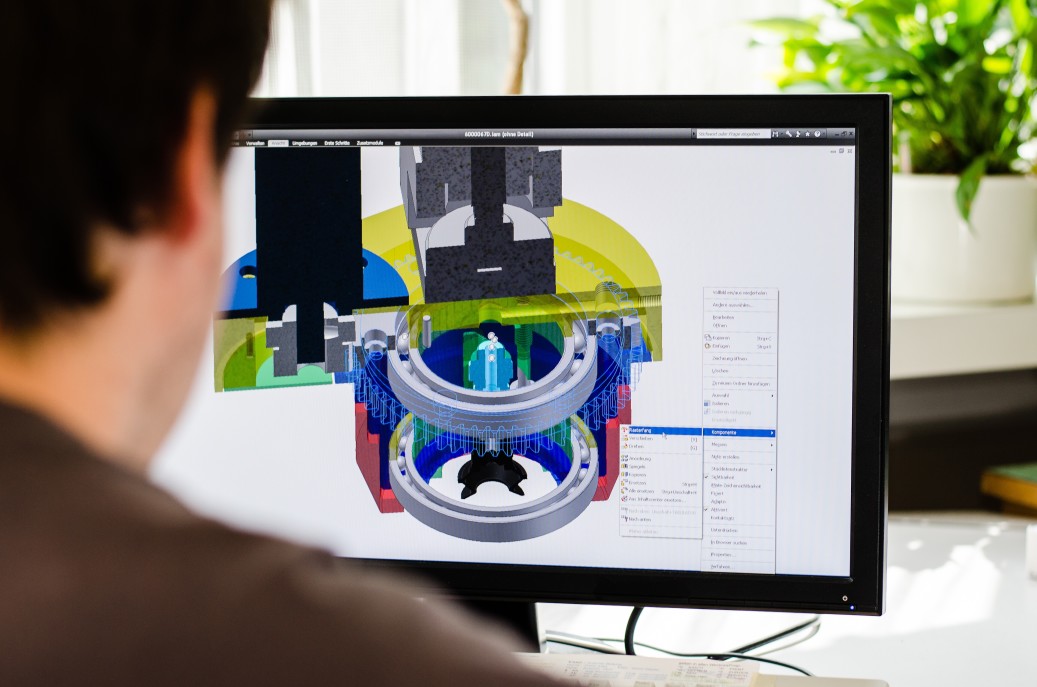The cutting-edge trends poised to take over the market are reflected in the technological advancements displayed at the Consumer Electronics Show (CES). The 2017 show predicted significant changes in the consumer and B2B markets, declaring it the year of artificial intelligence (AI).
No industry, not even Wall Street, can escape AI’s extensive economic impact due to recent technological developments.
Companies that acknowledge and respond to these developments may be able to keep up with the market rather than lag behind their more progressive rivals. In light of this, we present three AI trends from CES 2017 to provide further context for the coming year.
Robots rule the Internet of Things.
The smallest devices and the largest home appliances are now incorporating machine learning. The Internet of Things (IoT) continues to indicate a shift away from conventional items toward “smart” devices, from toothbrushes to refrigerator “technology.
This is never more evident than in AI-powered home robots. These robots, which differ in shape and function, work with intelligent platforms to help people in various ways. The humanoid Lynx and LG’s Hub Robot, two of the most popular robots, integrate with Amazon’s Alexa speech service. LG’s technology, in particular, marked industry advancement; unlike Amazon’s own Dot and Echo devices, which cannot distinguish between humans, the Hub Robot can be used by numerous users without requiring them to switch between profiles.
Startups and market titans are developing specialized AI robots that fit their corporate goals and target a certain clientele. For instance, Yumi with Cutie assists seniors with daily duties, preserving their independence. Aristotle from Mattel also caters to families and is made specifically to recognize children’s voices (which requires different recognition patterns). Aristotle is even referred to as a “nanny, companion, and tutor,” according to Fast Company, which says he is “designed to both comfort a newborn and aid a tween with their foreign language homework.” It’s an AI that can assist in kid rearing.”
By implementing these cutting-edge technologies for their particular brand and audience, other businesses can profit from AI by following Mattel’s example. Even though all of these examples are largely used in homes, the versatility of robotics AI makes this trend applicable to B2B settings.
AI interfaces for virtual digital assistants are the focus of competition among innovators.
Though robots and intelligent products are impressive, they couldn’t exist without the AI platforms or interfaces that make their technology viable. It was abundantly obvious at CES that businesses see the value of having the leading AI interface for virtual digital assistants rather than just creating goods that use an AI platform.
According to academics, by the end of 2021, there will be 1.8 billion users of virtual digital assistants that use AI. By the same period, enterprise users are anticipated to total 843 million. The business that creates the most valuable digital assistant technology will have the ability to grow the broadest range of products.
According to Greylock Partners’ John Lilly’s summary for Bloomberg, “When you have control over the user interface, there are countless opportunities to make money. You are in charge of information flow, and requests can be routed. Certainly, you can ship people things.”
Google, Apple, Microsoft, and Samsung have all developed cross-platform digital assistants to compete with Amazon’s Alexa. These technological behemoths are racing to create the greatest software and form alliances with businesses to get a competitive edge. Amazon’s Alexa has the advantage with over 7,000 partnerships, even though every tech company at CES unveiled remarkable partnerships. Thanks to a new agreement, its most recent project will incorporate Alexa’s technology inside some Ford automobiles.
Virtual reality and augmented reality predominate.
By balancing cutting-edge technology with user usability and reasonable pricing points, companies creating augmented reality (AR) and virtual reality (VR) products continue to upend B2B and B2C sectors.
250 VR stations were given most of Intel’s resources, and team members manned them to ensure the best possible user experience. With the announcement of its plan to build virtual reality arcades, HTC took things a step further. The company intends to launch the first one in Taiwan. HTC will expand on the same technology from the 360-cameras they unveiled at CES in these upcoming gaming facilities.
Major advancements were made in AR technology. The R-8 and R-9 smart glasses from Osterhout Design Group (ODG), powered by Qualcomm’s Snapdragon 835 chipset, were unveiled. They were a significant advancement due to the spectacles’ appearance, weight, and functionality—all for around $1,000. They strike a mix between cutting-edge technology and customer usability, unlike earlier models of smartglasses.
However, not all applications of AR were centered on visual innovation; several businesses unveiled applications devoted to hearing. Users can hear from a specific direction using Stages from hearing aid startup Audicus, which is expected to revolutionize the hearing aid business.
Companies that are exploring novel technologies need to strike a balance between investing in R&D that pushes the boundaries of current science and developing products that are still useful to their target market. Companies secure their long-term viability as both innovative organizations and successful businesses by nurturing this two-pronged strategy.
Business executives are becoming increasingly more conscious of the advantages and dangers of creating these technologies as machine learning and rapid innovation bring AI to every industry.

